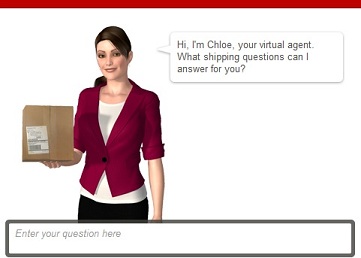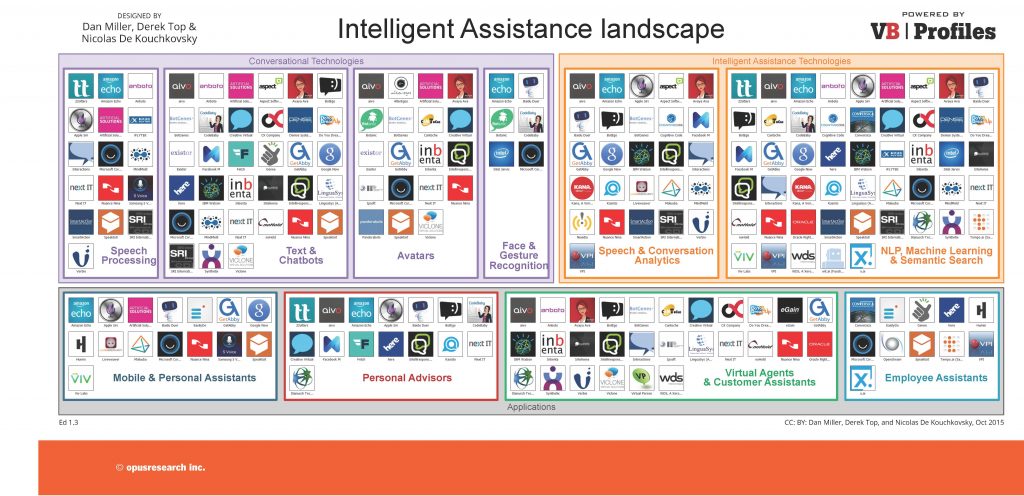![]() This blog series explores terminology related to customer service that is either new, evolving or uncertain. In Part 1 we looked at “Canonical”, “Chat vs. Messaging”, “Bots vs. AI” and the troublesome word “digital”. This week, we have 3 new entries below.
This blog series explores terminology related to customer service that is either new, evolving or uncertain. In Part 1 we looked at “Canonical”, “Chat vs. Messaging”, “Bots vs. AI” and the troublesome word “digital”. This week, we have 3 new entries below.
It’s amazing how quickly this space is moving: new channels (e.g. chat & bots), changing consumer behavior (e.g. a preference for text, venting on Twitter) and new players (e.g. Facebook and Salesforce).
To navigate all these changes, the right language with crisp definitions can help. Sloppy language with squishy meaning (intentional or not) can hurt. Hopefully, this series helps to steer you towards the former!
Virtual Queuing vs. Virtual Hold vs. Call-Backs
When it comes to reducing hold-time in the call-center, there are a number of terms that overlap each other, which can be confusing.
Virtual queuing is basically the “take-a-number” approach. In the real world, that means you can go sit down, relax and wait for your turn to be announced over a loudspeaker. In the phone world, it means you can hang up, go about your day, and wait for the call-back.
Virtual queuing describes any system where you can keep your place in line without having to stay on the phone.
People sometimes use the term “Virtual Hold” when talking about virtual queuing. But Virtual Hold is the specific product of a company called “Virtual Hold Technology”. (This is kind of like the relationship between “kleenex” and “tissue”.)
The related term “call-back” (sometimes written as “callback”) is easy to understand because it’s part of our vocabulary for plain old person-to-person calls: “Hi. Can’t talk right now. Call you back in 5?”
When used for a “person-to-company” call, call-backs can take several forms, but what’s common is that the direction of the call gets reversed. That is, you want to talk to Acme, but the call comes from Acme to your phone.
Here’s an important point: virtual queuing always requires a call-back, but the reverse is not true. That is, companies might offer call-backs, but you would still end-up waiting on hold after you answered the call.
The image below shows how virtual queuing and call-backs work together in a call timeline.
Further reading:
Click-to-Call, Virtual Queuing, Virtual Hold, Call-Backs – What it All Means
What’s Your Approach to Your Queuing Experience? By Adrian Swinscoe
Virtual Agent vs. Intelligent Assistant
A “virtual agent” and an “intelligent assistant” are both forms of self-service where the consumer interacts with an automated system that attempts to simulate human interaction. There’s a lot of overlap with those two terms and with “bots”, which we tackled in Part 1 last week.
Sometimes the agent or assistant is anthropomorphized by having a name or even a cartoon image, like “Chloe” below, but this is not a requirement. A blank search field asking “how can I help you?” can also be the gateway to a virtual agent.
The term “Intelligent Assistant” is associated closely with the on-device mobile experiences from Apple (“Siri”), Amazon (“Alexa”) and Microsoft (“Cortana”). But, more generally, it seems this term implies that the “agent” persists across multiple interactions. In other words, the agent “Chloe” above probably won’t remember you the next time you have a shipping question, but Siri, of course, will. That makes the latter “intelligent” because it (she?) should, in theory, be getting better and more personalized over time.
However, this is not a bright-line; Vendors of virtual agents certainly don’t see their products as second class citizens to the Siri clique. Their ambitions are for the company-specific agents to get just as smart and intelligent as the mobile-based agents.
The terminology in this space has actually become more muddled in the past year. That’s because “bot”, which had been somewhat deprecated by vendors, came roaring back in vogue. Hence why a lot of “virtual agent” start-ups have become “chatbot” startups. So, here are some guidelines to deciphering it all:
- “bot”, “assistant” and “agent” have the same, very broad, meaning: an automated interaction.
- “virtual” also means the interaction is automated.
- “intelligent” really doesn’t mean anything. A chatbot could be powered by cutting edge Deep Learning AI algorithms and still be useless. Or it could just be a set of If-then statements, and be great.
You can mix-and-match those terms freely without changing the meaning much.
The business category of “Intelligent Assistance” has ballooned to include dozens of companies. Here is a map of the space prepared by Dan Miller, Derek Top & Nicolas De Kouchkovsky.
Further Reading
Compare and Contrast: ChatBots and Intelligent Assistants (LinkedIn Discussion)
Intelligent Assistant Landscape Shows Slow Growth But Huge Potential via VentureBeat
Voice Shrinkage
“Voice Shrinkage” is a half-in-jest term referring to the declining role of voice in the customer service channel mix. The argument that voice is shrinking is straightforward: interactions that would have been phone calls are being replaced by alternate channels. Instead of picking up the phone, we tweet, email or chat. So if one imagines a “fixed pie” of all customer service interactions, then the slice of that pie occupied by voice is getting smaller.
This is obviously important to understand because the “multi-channel” puzzle is THE defining challenge of customer service right now. That is: Which channels of company-to-consumer communication are important and where should companies invest their time and energy?
Part of the reason we can’t get a straight answer is that to talk quantitatively about whether more or fewer interactions are over a certain channel, you have to define “interactions”. Does each email count as one? Each phone call? In a single phone call, you might be able to resolve multiple issues, whereas several emails may be required to solve a single issue.
Be wary of analysts (or vendors) making bold claims in the area. The data is far from conclusive.
Further reading:

Discover the Contact Center Trends That Matter in 2024
Dig into industry trends and discover the changes that matter to your business in the year ahead.


